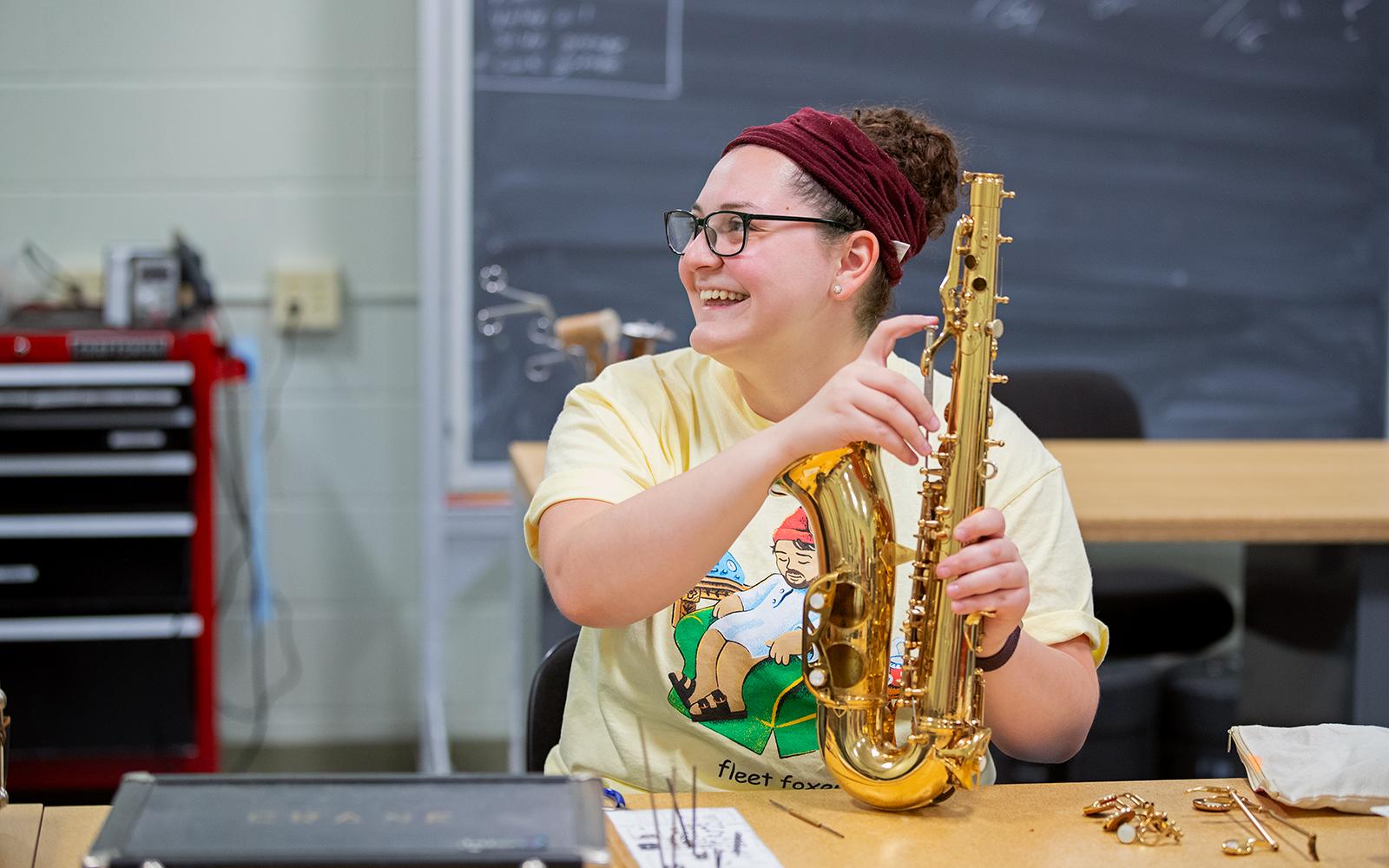Accompaniment: The instrumental part (often piano) that supports a soloist during a performance or audition.
Aria: A solo vocal piece, usually from an opera, known for its expressive and melodic qualities.
Audition: A formal performance evaluation required for admission to most college music programs. It may include solo pieces, scales, sightreading, and an interview.
Audition Panel: A group of music faculty members who evaluate a student's audition performance.
Bio (Biography): A short-written summary of a student’s musical background, accomplishments, and goals—often included in applications or audition materials.
Changing Meter / Mixed Meter: Music that shifts between different time signatures or beat groupings, requiring advanced rhythmic understanding.
Composer: The person who wrote the music. Students are often expected to research composers and understand their styles.
Concerto: A musical composition usually written for a solo instrument accompanied by an orchestra or piano.
Conductors / Recitalists: Faculty members or musicians a student may meet when visiting college campuses or attending school performances.
Daily Sightreading Practice: A daily exercise where a musician plays or sings a new piece of music at first glance, helping build fluency and reading skills.
Dynamic Markings (e.g., pianississimo to fortississimo): Symbols in sheet music that indicate volume levels, from very soft (ppp) to very loud (fff).
Ensemble: A group of musicians who perform together—such as bands, orchestras, or choirs—often used in college audition evaluations.
Etude: A short, technical piece of music written to help students improve their playing skills.
Key Signature: A set of sharps or flats that defines the key of a piece of music. Students must often demonstrate knowledge of all key signatures.
Mock Audition: A practice audition in front of teachers, family, or friends to simulate the real experience and get feedback.
Musical Terms: Specific vocabulary used in music, such as allegro (fast) or legato (smooth), which students must understand and sometimes define.
Repertoire: A collection of pieces a student has studied or performed. Students often submit a repertoire list during applications.
Reverse Memorization Technique: A method of memorizing music by starting from the end and working backward, increasing retention and control.
Rondo / Sonata: Types of musical forms or structures used in solo works, especially in classical compositions.
Scales: A series of notes played in a specific key in sequence (ascending or descending) that help demonstrate technical ability and are required in most auditions.
Sight-Singing: Reading and singing a piece of music at first glance, using solfege syllables like “Do, Re, Mi.”
Sightreading: Playing or singing music you’ve never seen before, used in auditions to assess musicianship and fluency.
Solo: A piece of music performed by one musician, either accompanied or unaccompanied.
Studio Professor: A college-level teacher who provides one-on-one private lessons and may evaluate a student’s audition or work directly with them if accepted.
Theory Exam / Music Theory: A test covering the written and structural aspects of music—such as chords, scales, intervals, and notation.

.jpg)
.png) ARTICLE GLOSSARY
ARTICLE GLOSSARY

.png)
.png)
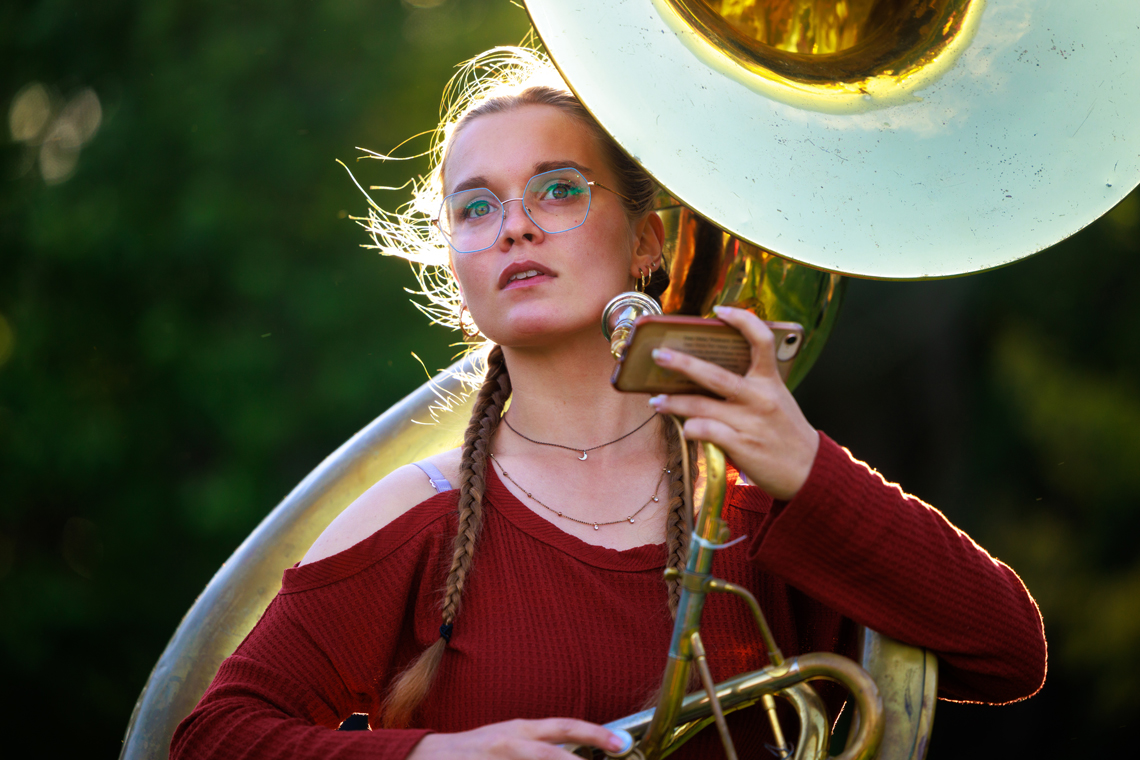

.jpg)
.jpg)
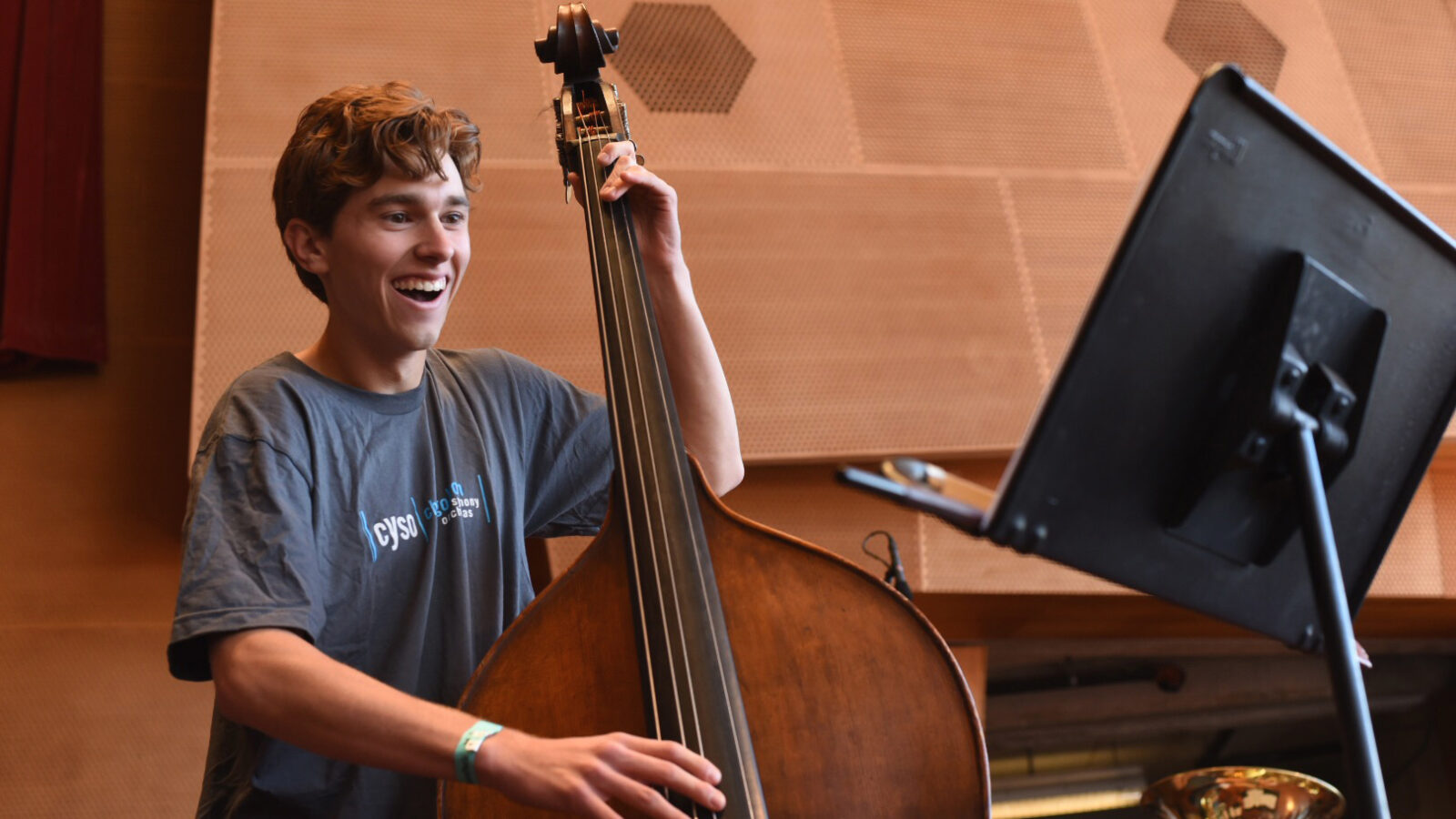
.jpg)

.png)



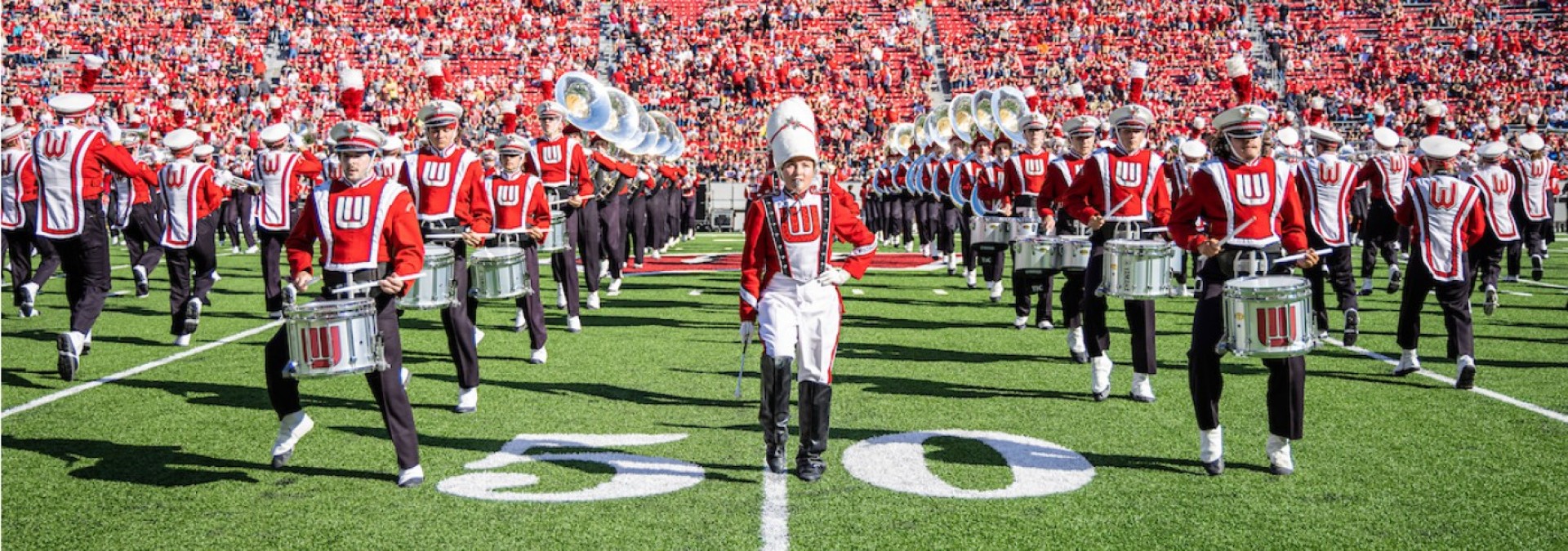
.jpg)
.png)
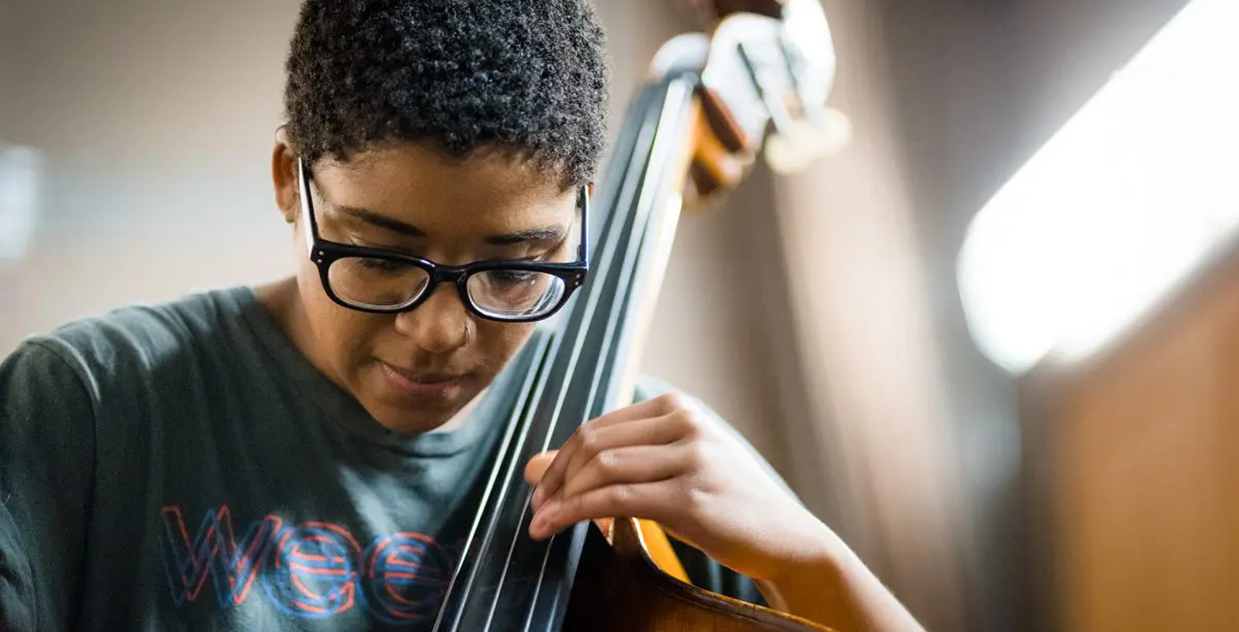

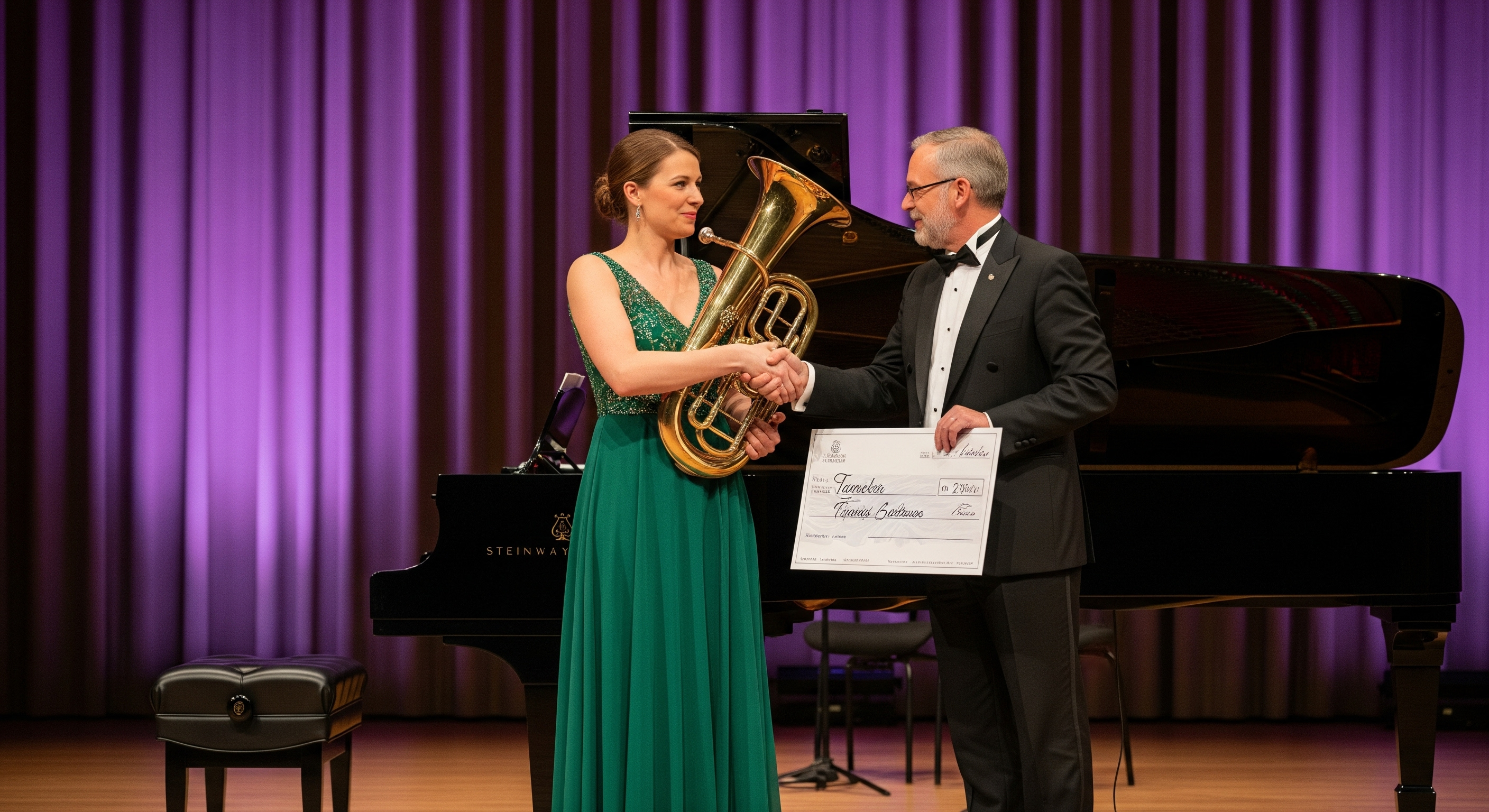
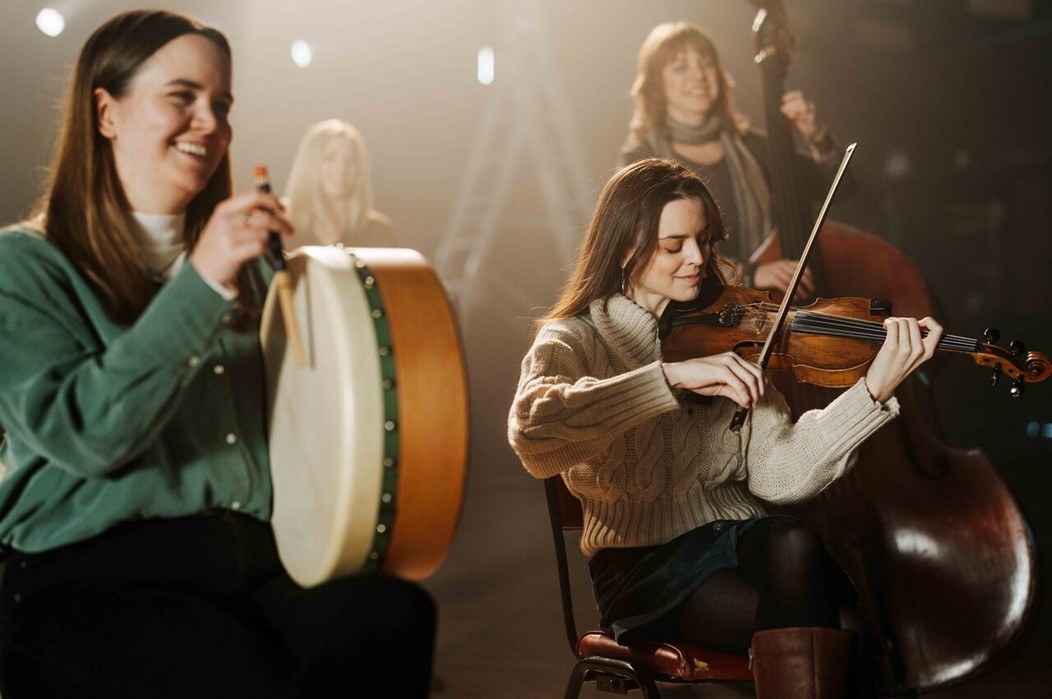
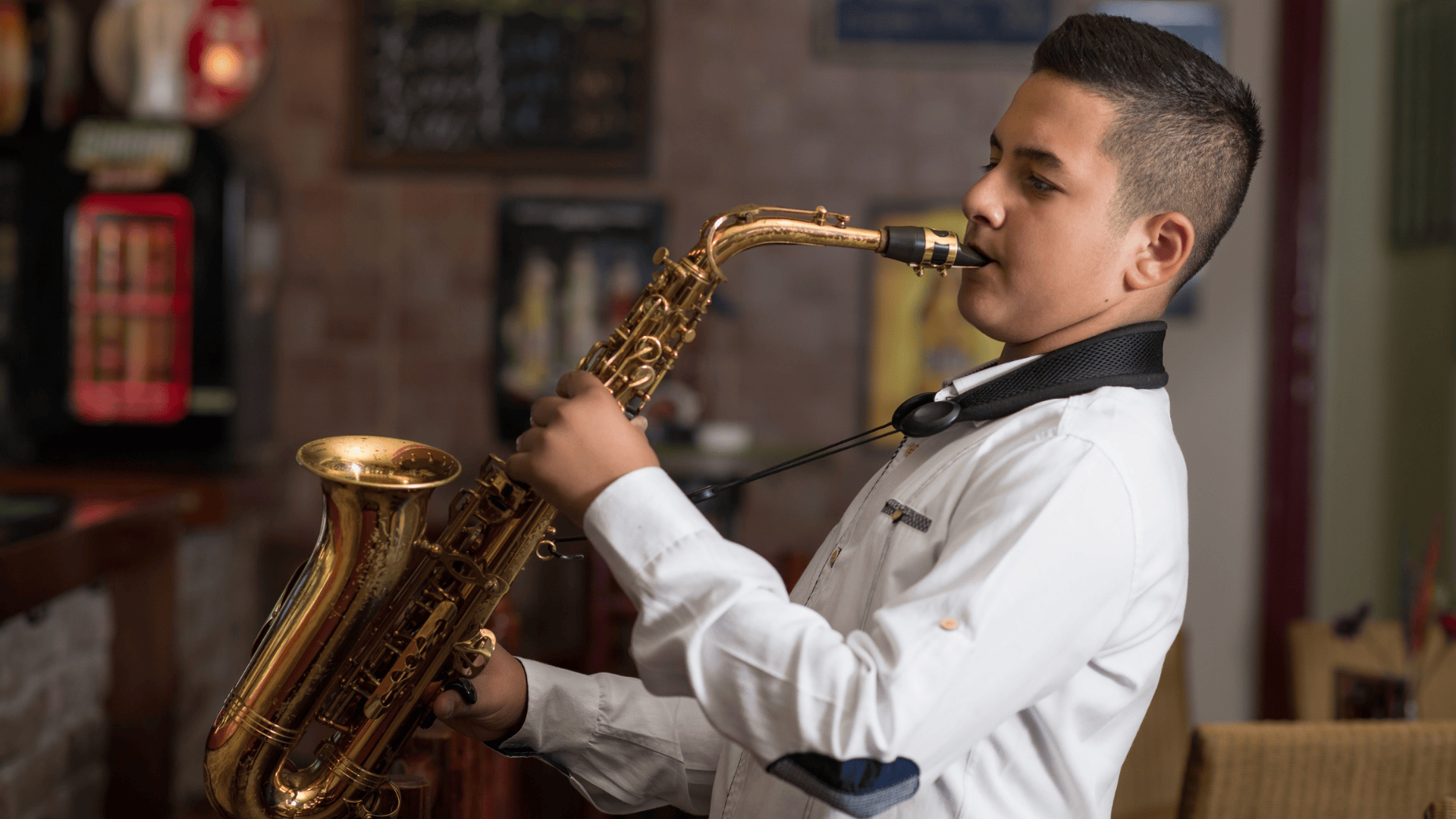
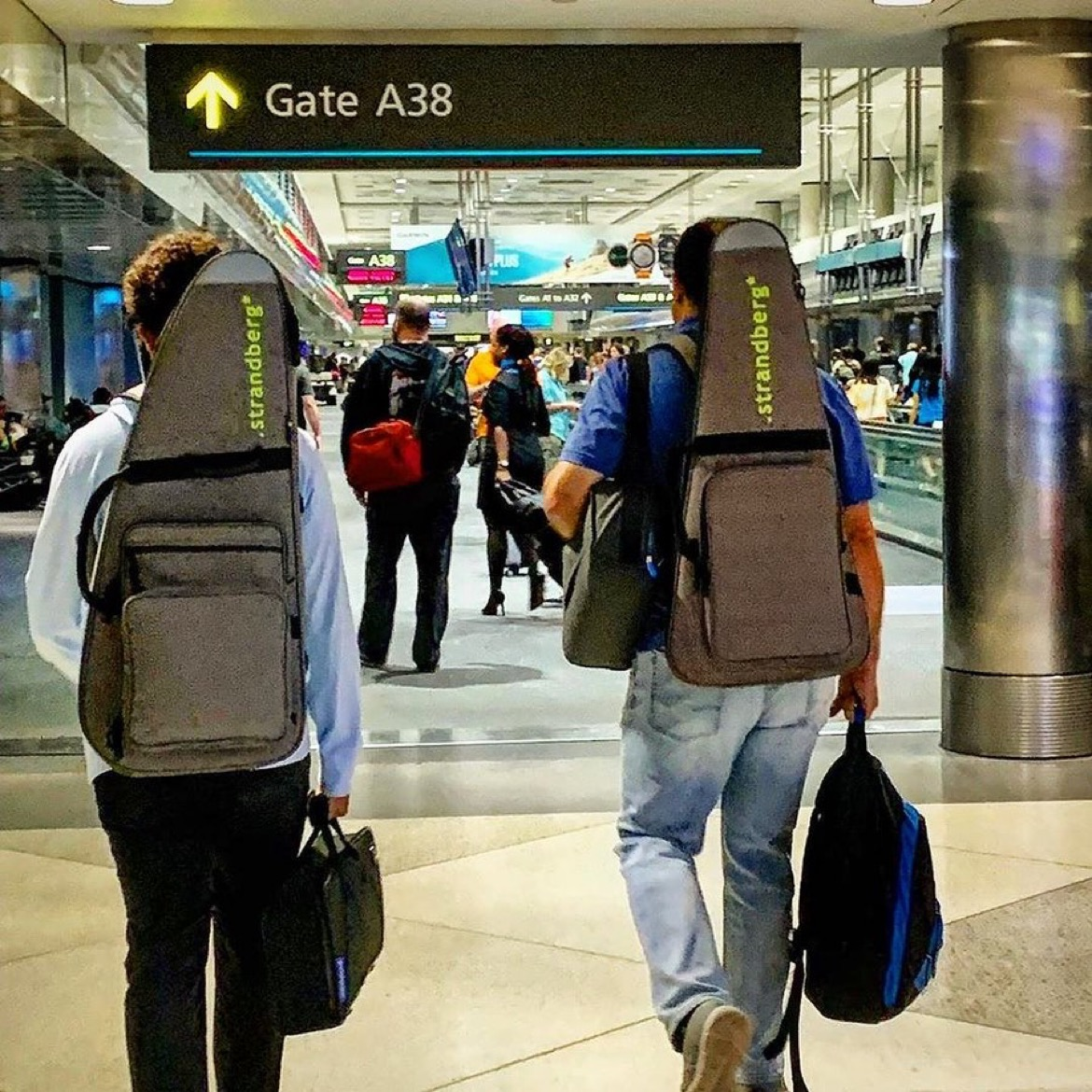
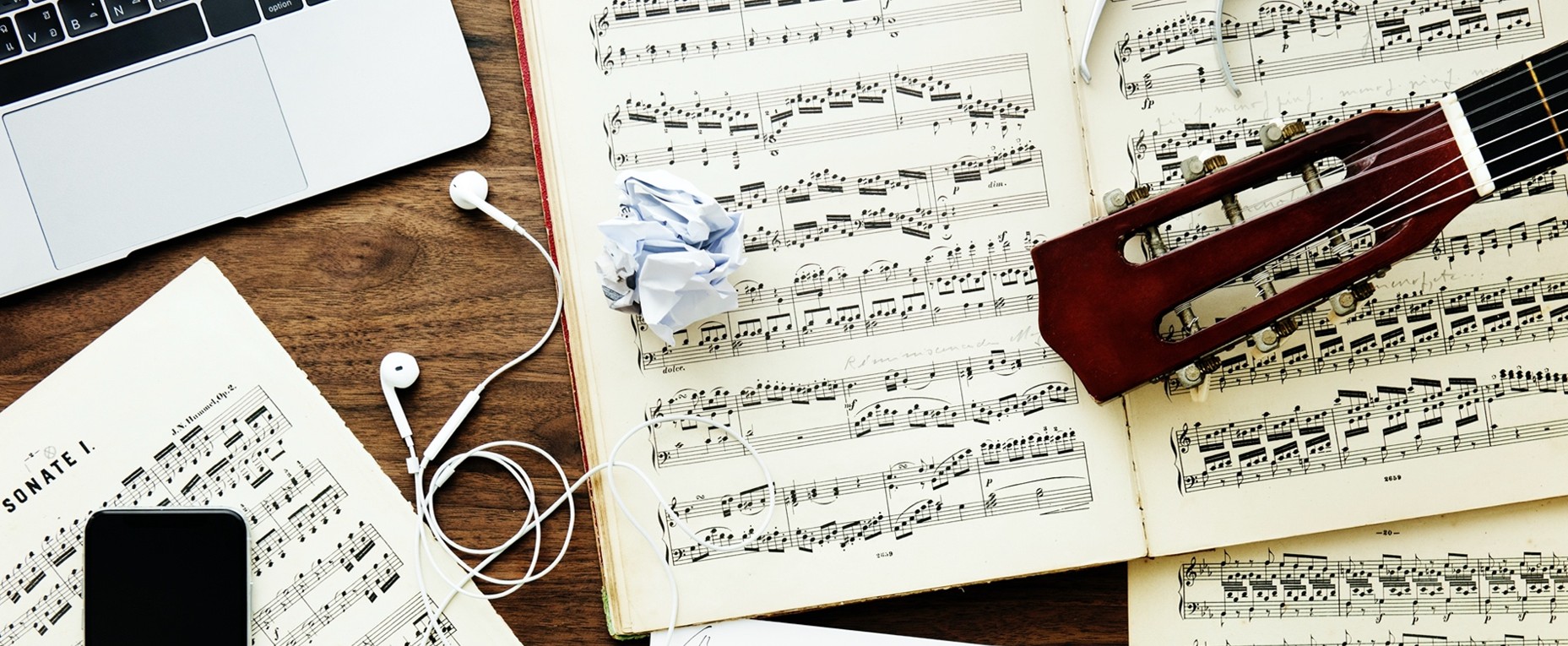
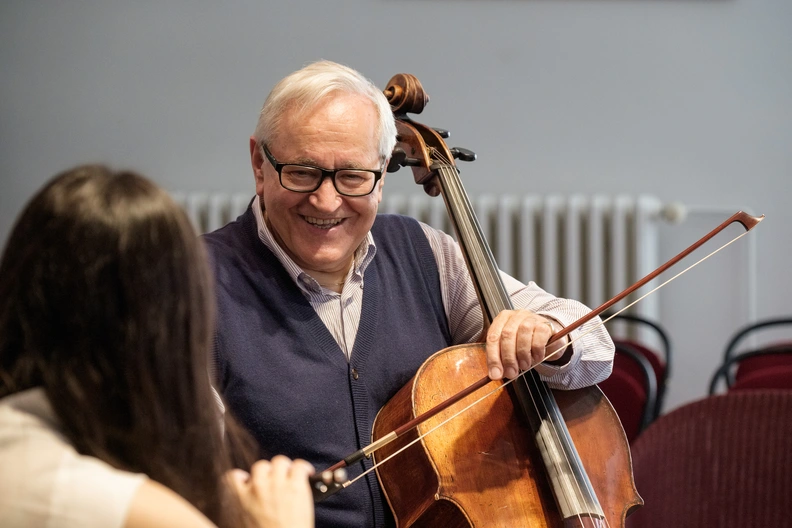
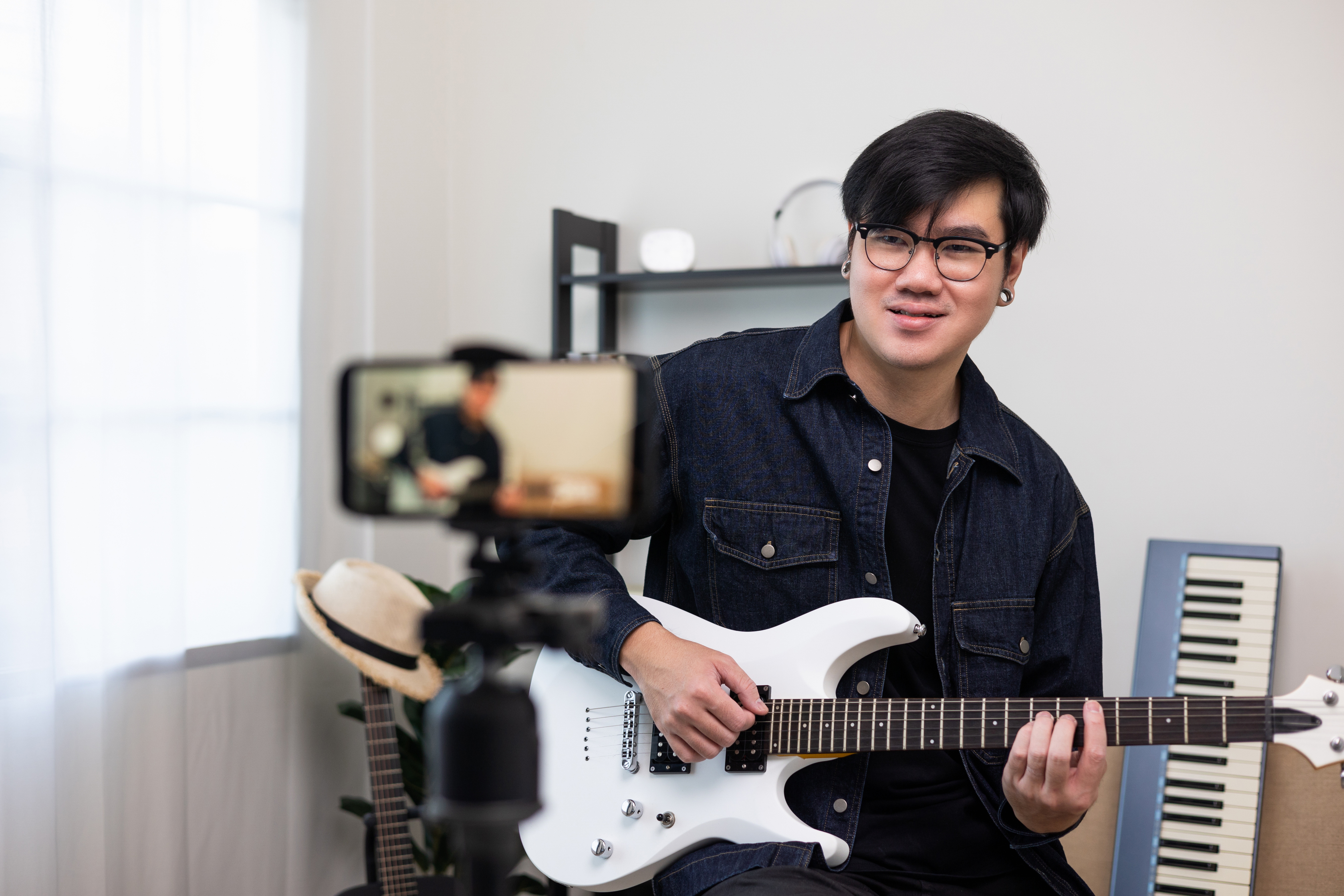

.jpg)


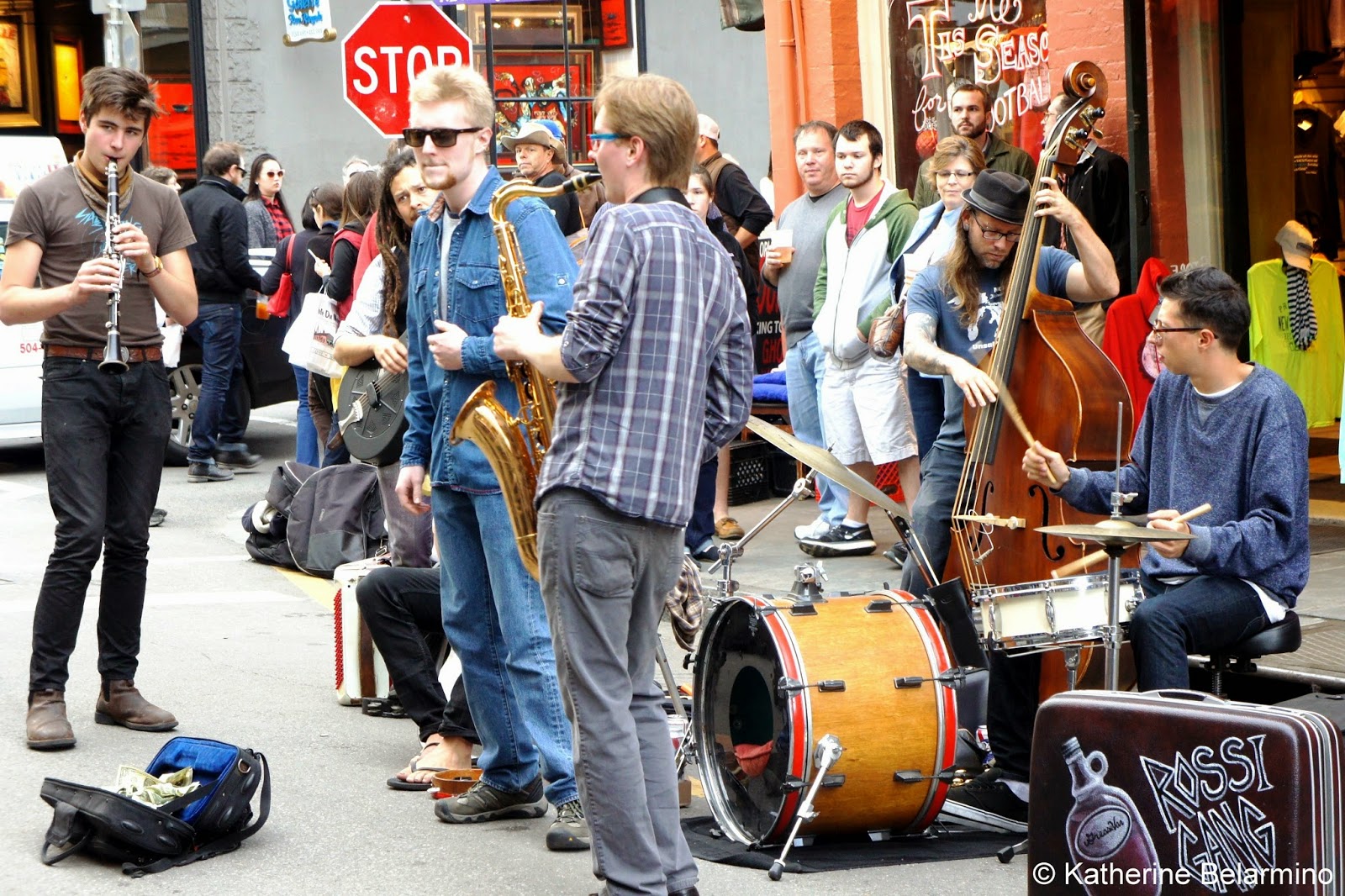
.jpg)
.jpg)
.jpg)
.jpg)
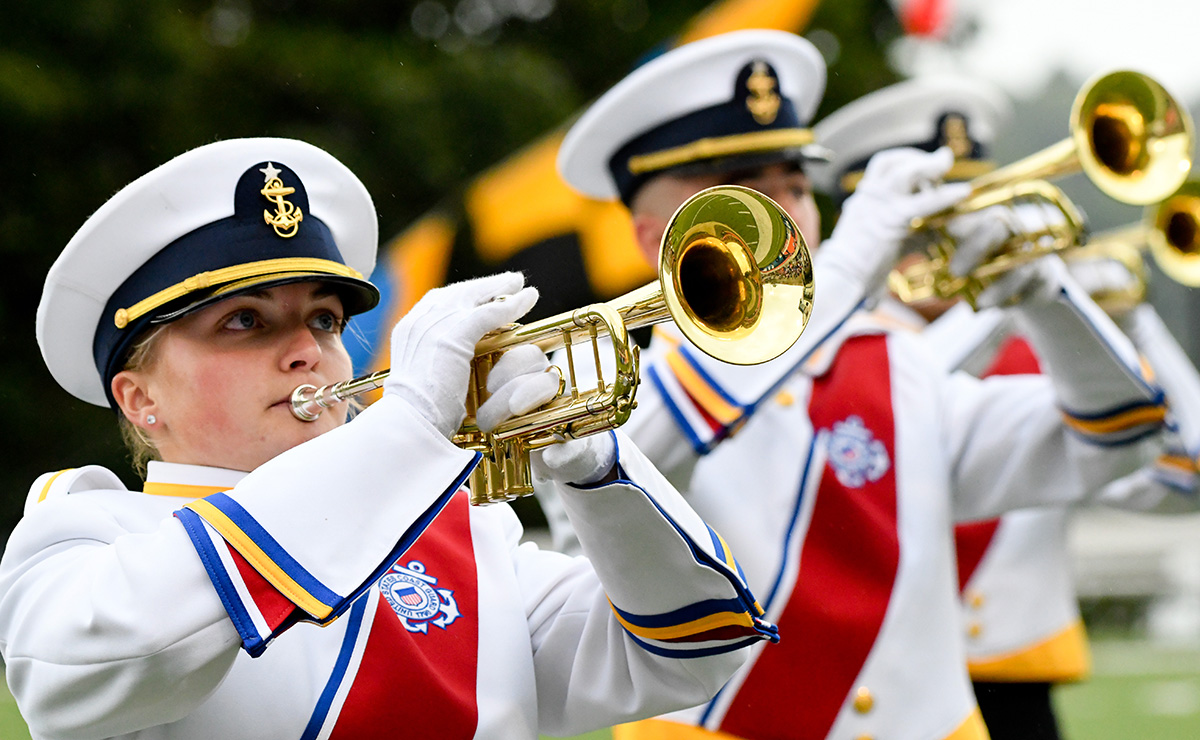
.png)
.png)
